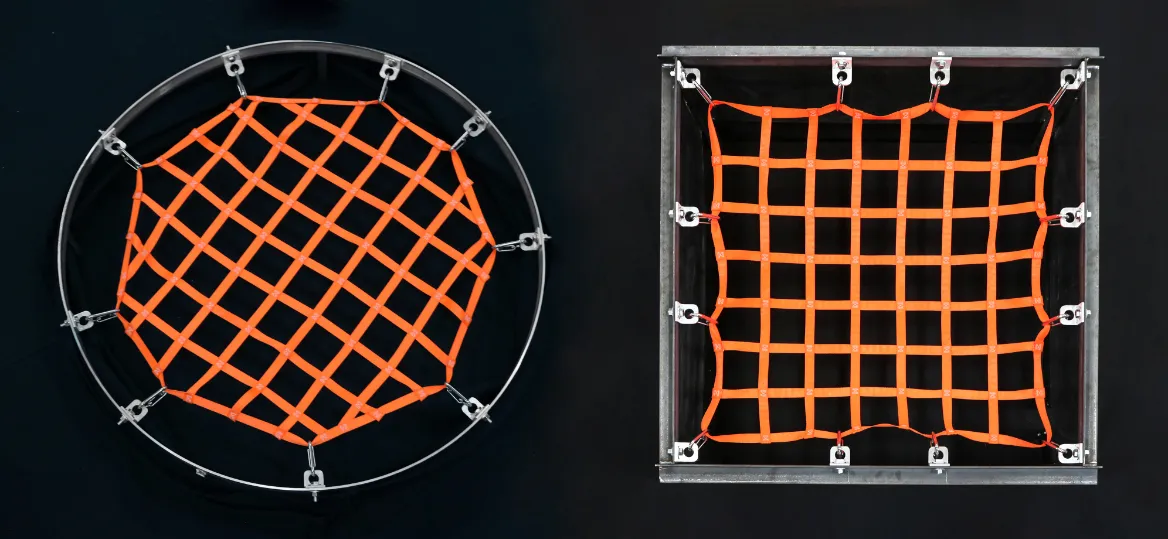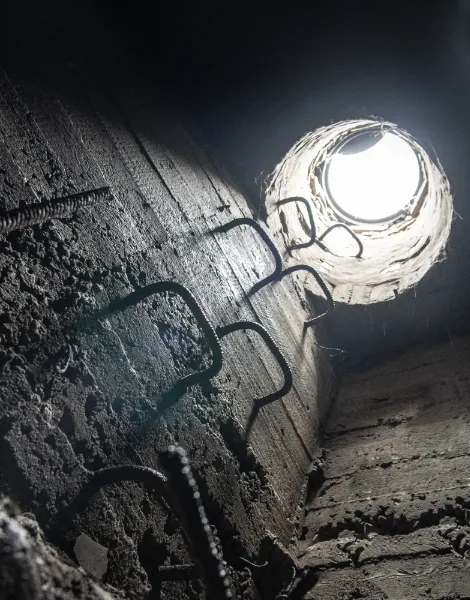Manhole Safety Concerns

There are approximately 20 million utility holes across the United States. This means that for every 400 feet, a utility hole is present. If not maintained, covered, and inspected, someone could fall to their death. Risks go beyond the fall, as sewage currents can carry an individual for miles.
Air quality in maintenance holes can also be dangerous. Levels of carbon monoxide, hydrogen sulfide, and methane can cause asphyxiation. These issues are preventable. Installing hatch nets prevents individuals from falling into an unsafe environment. Also, testing air quality before entering a utility hole prevents suffocation for employees.
Individuals who fall into manholes risk severe injury or death. Yet, they are a crucial tool for everyday life. For example, utility holes access sewage systems, which make plumbing possible.
Maintenance holes provide access to sewage systems. This access allows for inspection, cleaning, and obstruction removal. They also aid in allowing gasses to escape by providing ventilation. Utility holes account for a lot of maintenance and safety of a sewage system. But, it is vital to protect from falls as they can be very dangerous.
Understanding the risks surrounding manholes helps determine protections to put in place. This matter affects pedestrians, workers, and municipalities. It is everyone's responsibility to understand risks and work to prevent accidents.









